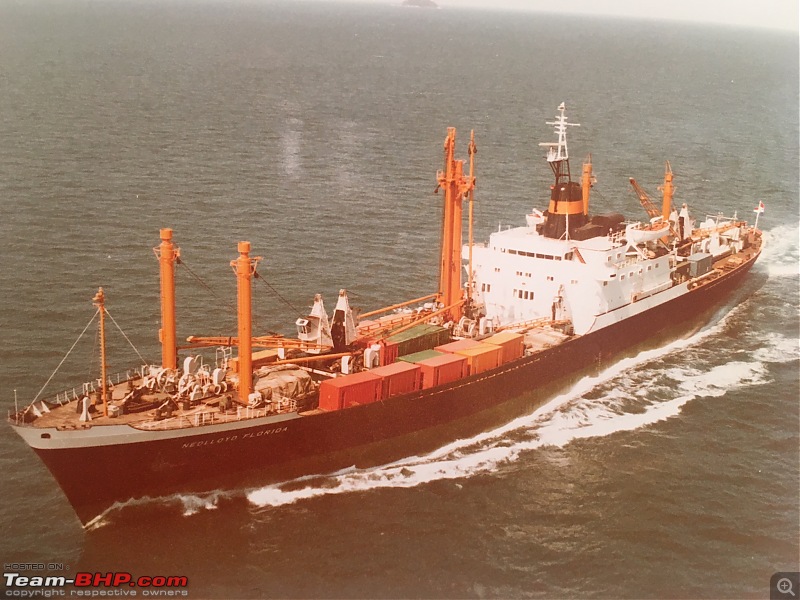
 |
|
Originally Posted by rangarx
(Post 4097291)
Quick question, who holds the biggest of marine engine business share? MAN, Wartsila or Cat? |




|
Originally Posted by Sail
(Post 4098713)
2. Steam boilers are very much in use now a day, especially on tankers. All cargo pumps run on steam turbine. EGB (Exhaust Gas Boiler) takes care of all steam requirements while at sea. Even main boilers are also controlled electronically. It will work on its own as per steam requirements. Principal of cargo/bunker heating remains same. Simple heating coils, designed to carry super heated steam & heat exchange process. Some machinery component uses heated water coils for warming up. VLCC does not have cargo heating system, due to huge amount of super heated steam requirements. It is not at all economical. |
|
Originally Posted by BlackBeard
(Post 5743331)
Since its a thread on Marine Diesel Engines, won't I be digressing? ;) |
|
Originally Posted by BlackBeard
(Post 5743331)
Most LNG carriers still use steam as their means of propulsion. Would anybody be interested to know about the working of a KAWASAKI UA-360 Cross compound, impulse, double reduction geared Marine steam turbine aided by two massive MITSUBISHI MB-K4 boilers? Since its a thread on Marine Diesel Engines, won't I be digressing? ;) |
|
Originally Posted by Thad E Ginathom
(Post 5743369)
Perhaps, start a thread on marine steam engines? Kindly post a link here so we can find you. |
|
Originally Posted by Thad E Ginathom
(Post 5743369)
Perhaps, start a thread on marine steam engines? Kindly post a link here so we can find you. |
|
Originally Posted by Jeroen
(Post 5743495)
As Thad suggest, start a thread on marine steam engines! I would be very interested and I might have a few things to share too. Jeroen |
| All times are GMT +5.5. The time now is 08:38. |